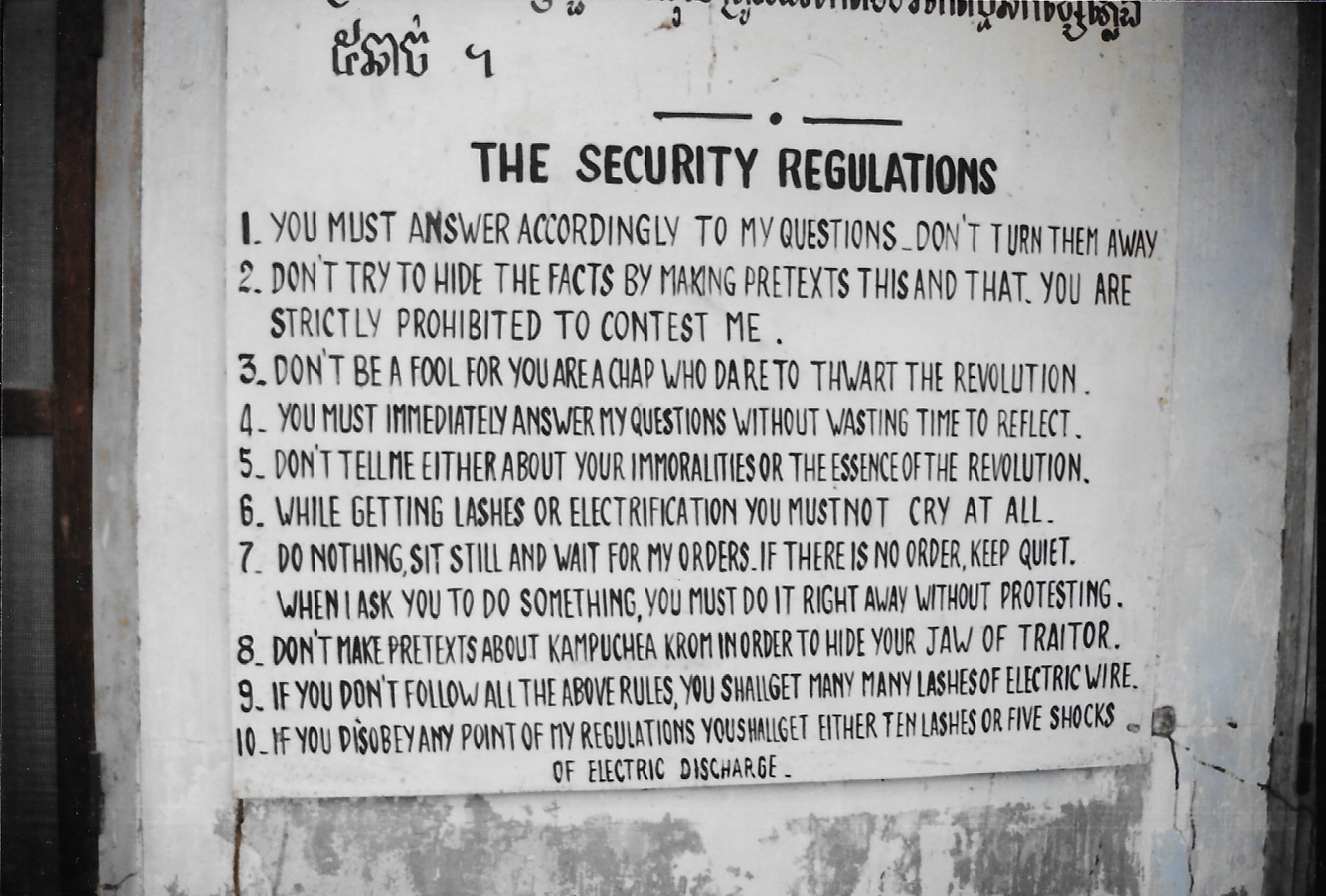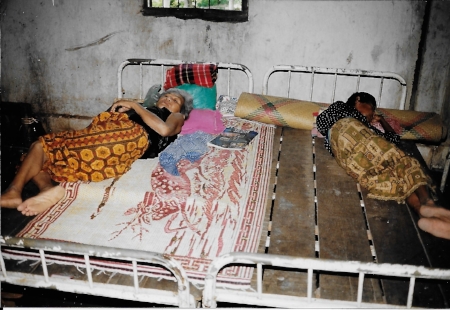Albert Einstein once said, “We can’t solve problems by using the same kind of thinking we used when we created them.” This rang true for the vast majority of countries in which I worked for more than three decades. Most of these countries were in dire financial straits. There were observable and definable reasons why those financial problems existed. Long-standing patterns of economic and cultural abuse impeded financial growth and failed to alleviate poverty. Nearly all the dictators promised free health care and rural electrical service for the masses, but none sufficiently delivered on those promises. As a rule, most constituents were confined to subsistence farming and lacked access to markets. To break the shackles of dictatorial bondage, a different kind of thinking was required.
In the past several decades, some very creative ideas have been applied to those age-old economic problems. The implementation of cottage industries and microlending programs made a significant impact not only by facilitating market access and individual involvement in enterprise but by alleviating poverty as well.
Prior to founding Project C.U.R.E., I was involved in the investment and real-estate-development business. My success in earlier business ventures had partly resulted from a childhood understanding and use of the basic, old-fashioned concepts of countertrade and barter. As I alluded to earlier, the fundamental principle at the heart of a successful barter transaction, and in fact, the basis for all successful free-market endeavors is that everybody in the deal must end up better off.
Based on the barter-and-trade concepts I included in my first book What’cha Gonna Do with What’cha Got?, I received an invitation to speak at an economic gathering at the Ambassador West Hotel in Chicago on April 17, 1984. The purpose for the closed meeting was to explore ways to increase market share into lesser developed countries through international countertrade and barter. We hoped that as a result of our deliberations, we could find a way to bypass the unfair manipulation and corruption of the dictators and their cohort governments, who were skimming revenues off the top of their countries’ economies through exorbitant inflation and phony currency exchange rates. In attendance were top US leaders of commerce and international business. I shared with the group what I knew about the subject and then listened very carefully as others discussed their experiences and needs.
There was such a great need for what we were trying to accomplish in the global economy! We were endeavoring to use a different kind of thinking to solve economic problems that had been created with flawed thinking.
Many of the issues we were trying to resolve reminded me of what Armand Hammer, one of my entrepreneurial heroes, had encountered as an international businessman. Creativity and ingenuity would be the answer to working around the greed, corruption, and bureaucracies of markets and governments in the developing world.
About halfway through the guarded sessions, I began to realize that I wasn’t there so much because I had a lot of magic bullets to offer, but because I needed to hear what was being said and consider the concepts being proposed. My thinking began to change during and after that Chicago meeting.
Shortly after the gathering, I was invited to attend a special economic focus meeting in Indianapolis, Indiana, sponsored by the International Monetary Fund (IMF) and the World Bank. During the welcoming speech, we were told, “You are all economists, and we have brought you together to brainstorm how to develop practical economic models for lesser-developed countries. You are asked to be as creative as possible, using such economic components as countertrade, barter, cottage industries, microlending, incentive credits, or anything else you can think of. There are no holds barred as you put your economic models together.”
The meeting leaders went on to explain that the people living in the Least Developed Countries (LDCs) would remain in bondage as long as they were controlled by the economic practices of repressive and manipulated governments. Changes would need to take place to free people from the systems of closed and oppressive economies. In other words, we couldn’t solve problems by using the same kind of thinking that was used when they were created.
We were divided into teams; seated at large, round tables; and instructed to get to work. We began by reviewing such classical economic concepts as scarcity, choice, and cost; land, labor, capital, and the entrepreneur; supply and demand; methods of fiscal responsibility; and closed economies versus free markets. We discussed the need to have a responsible government that could guarantee the enforcement of contracts and agreements. We included the necessity of having exclusive rights of private property to hold or transfer, and free enterprise with the possibility of personal incentives and profits. At our table, we included anything else we could think of to work into the mix.
The result of that meeting in Indianapolis was extremely significant not only in its application to future programs in the LDCs but as one of the touchstones in the developing economic philosophy of an organization that eventually became known as Project C.U.R.E.
To this day, we at Project C.U.R.E. are realizing in even greater measure that we can’t solve problems by using the same kind of thinking we used when we created them.





























